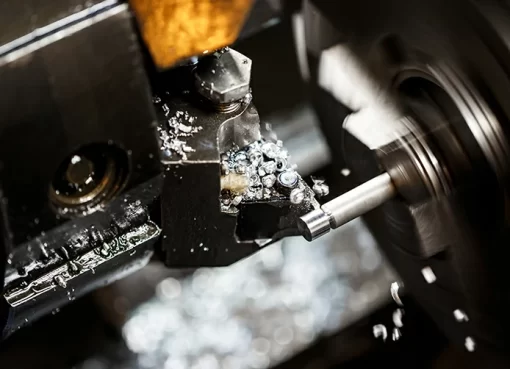Radar level transmitters have come a long way since their inception, evolving from analog systems to the more advanced digital technology we have today. In the early days of radar level measurement, analog transmitters were the norm. These devices used a continuous wave radar signal to determine the level of a substance in a tank or vessel. While effective in some applications, analog radar transmitters had limited accuracy and were prone to interference from surrounding objects.
Advancements with Digital Technology
As technology advanced, the industry saw the development of digital radar level transmitters. These devices revolutionized the way level measurement was conducted by providing greater accuracy, reliability, and flexibility. Digital radar transmitters use pulse radar technology, which sends short pulses of radar energy into a vessel and measures the time it takes for the signal to be reflected back. This allows for more precise level measurements, even in challenging conditions such as foam, steam, or turbulent surfaces.
Enhanced Accuracy and Reliability
One of the key advantages of digital radar level transmitters is their ability to filter out false echoes and interference, providing a more accurate reading of the actual substance level. In addition, digital transmitters can be programmed to ignore certain types of signals, further enhancing their accuracy and reliability. This is particularly important in process control systems where precise level measurement is critical for maintaining efficiency and safety.
Advanced Diagnostics and Self-Testing
Another significant advancement in digital radar level transmitter is the incorporation of advanced diagnostics and self-testing capabilities. These features allow the transmitter to continuously monitor its own performance and alert operators to any issues or malfunctions. This proactive approach to maintenance helps prevent costly downtime and ensures that the system is always operating at peak efficiency.
Flexibility in Installation and Configuration
In addition to improved accuracy and reliability, digital radar level transmitters also offer greater flexibility in terms of installation and configuration. These devices can be easily adapted to different tank sizes and shapes, making them ideal for a wide range of applications across various industries. Furthermore, digital transmitters can be remotely monitored and controlled, allowing for real-time data access and adjustment of settings as needed.
Conclusion: Advantages of Digital Radar Level Transmitters
Overall, the evolution of radar level transmitters from analog to digital technology has transformed the way level measurement is conducted in process control systems. Digital transmitters offer greater accuracy, reliability, and flexibility, as well as advanced diagnostics and self-testing capabilities. These features are essential for ensuring the efficient and safe operation of industrial processes, making digital radar level transmitters a critical component in modern process control systems.


